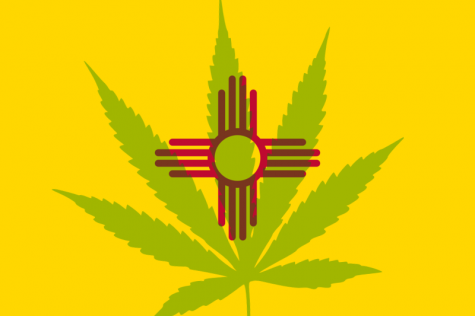Wildfires pose a major concern for Oregon’s cannabis business owners
Camouflaged in a cloak of smoke, thousands of evacuees recently abandoned their homes in Oregon. Wild fires have continuously ravaged the state’s naturally abundant landscape since the Oregon Department of Forestry announced that fire season had ignited on July 5. As a result, Oregon’s cannabis industry – along with various local businesses – have suffered a serious blow.
“An estimated 20 percent of state-licensed cannabis businesses – roughly 408 – face some level of evacuation,” according to the the Oregon Liquor Control Commission; as reported by local newspaper the Oregonian. Those evacuations include cannabis retail stores, processors and producers.
Definite evacuation orders have been served upon 73 cannabis producers. Many of those products operate from outdoor cultivation sites in the state’s southernmost segment, which is heavily associated with outdoor weed grows.
“Early Wednesday, wildfires encroached on Josephine County’s Takilma, prompting an evacuation order of the counterculture enclave long associated with cannabis. Josephine and Jackson counties are home to 62 percent of Oregon’s outdoor cannabis producers, according to the OLCC,” reads the Oregonian’s report from September 9.
20 percent of Oregon’s cannabis businesses must be evacuated
As many as 500,000 people have been pushed away from their homes in Oregon since wildfires began erupting in the West. Currently, approximately five million acres of land has been obliterated into a pile of ash. Despite hopes that September’s damper climate would tame some of the fires, the devastating circumstances have not eased.
In some of Oregon’s cities, such as Blue River, Detroit, Phoenix and Vida, the fires have left little to salvage. Reports show that – aside from the evacuation orders that have been unequivocally issued to 73 cannabis producers – around 408 cannabis businesses face a certain level of evacuation.
Annual wildfires are also rife in Josephine and Jackson, where 62 percent of the state’s cannabis producers can be found. Moreover, with the 100,000-acre Riverside fire making its way towards homes and businesses in Clackamas County, the overall damage could be truly devastating.
Oregon’s cannabis industry has been thriving since 2014
Recreational cannnabis became legal in Oregon sooner than many other now-legal states. A measure was approved by voters in 2014 to legalize cannabis for adult-use purposes. Two years later, in October 2016, the first adult-use licenses were distributed among dispensaries. Now, here we are in 2020 and Oregon’s cannabis market has blossomed into one of the most lucrative in the U.S.
“Oregon recreational cannabis showed continued strength in 2019, with retail sales rising 24.1 percent,” reads an excerpt from an Portland Business Journal reported that was published in January. These figures – which totaled $725.8 million for the entire year – were reportedly 29.1 percent more than 2018, when the OLCC revealed that sales topped $584.5 million.
“Those figures don’t include sales to patients in the state’s medical cannabis program, who despite declining numbers have steadily purchased between $60 million and $70 million worth of products in the past three years,” the report continued.
Sales of legal cannabis in Oregon could soar to new heights this year, what with the coronavirus (COVID-19) pandemic attracting an influx of buyers. Back in April, when the virus pandemic kicked into high gear, recreational sales amounted to $89 million; demonstrating a 45 percent increase since April of 2019.
Nonetheless, as forest fires continue to push homeowners and business owners in the direction of safer territory, it remains uncertain as to whether or not Oregon’s cannabis sales will be steady for the remainder of the pandemic.








